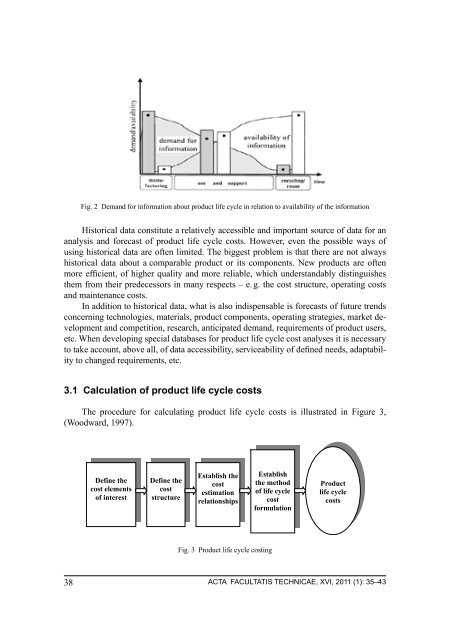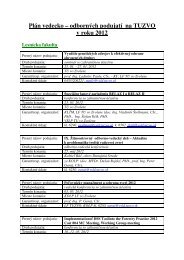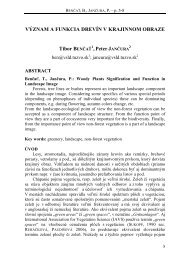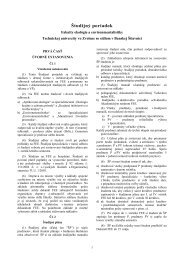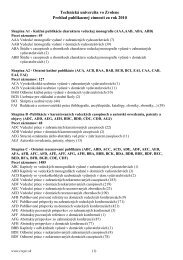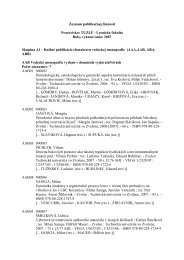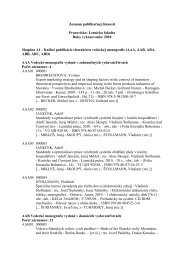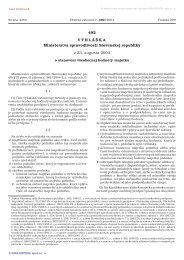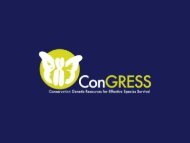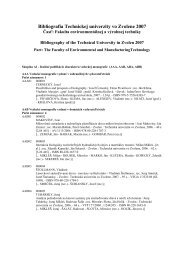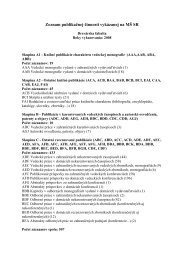product life cycle cost management riadenie nákladov životného ...
product life cycle cost management riadenie nákladov životného ...
product life cycle cost management riadenie nákladov životného ...
Create successful ePaper yourself
Turn your PDF publications into a flip-book with our unique Google optimized e-Paper software.
Fig. 2 Demand for information about <strong>product</strong> <strong>life</strong> <strong>cycle</strong> in relation to availability of the informationHistorical data constitute a relatively accessible and important source of data for ananalysis and forecast of <strong>product</strong> <strong>life</strong> <strong>cycle</strong> <strong>cost</strong>s. However, even the possible ways ofusing historical data are often limited. The biggest problem is that there are not alwayshistorical data about a comparable <strong>product</strong> or its components. New <strong>product</strong>s are oftenmore efficient, of higher quality and more reliable, which understandably distinguishesthem from their predecessors in many respects – e. g. the <strong>cost</strong> structure, operating <strong>cost</strong>sand maintenance <strong>cost</strong>s.In addition to historical data, what is also indispensable is forecasts of future trendsconcerning technologies, materials, <strong>product</strong> components, operating strategies, market developmentand competition, research, anticipated demand, requirements of <strong>product</strong> users,etc. When developing special databases for <strong>product</strong> <strong>life</strong> <strong>cycle</strong> <strong>cost</strong> analyses it is necessaryto take account, above all, of data accessibility, serviceability of defined needs, adaptabilityto changed requirements, etc.3.1 Calculation of <strong>product</strong> <strong>life</strong> <strong>cycle</strong> <strong>cost</strong>sThe procedure for calculating <strong>product</strong> <strong>life</strong> <strong>cycle</strong> <strong>cost</strong>s is illustrated in Figure 3,(Woodward, 1997).Define the<strong>cost</strong> elementsof interestDefine the<strong>cost</strong>structureEstablish the<strong>cost</strong>estimationrelationshipsEstablishthe methodof <strong>life</strong> <strong>cycle</strong><strong>cost</strong>formulationProduct<strong>life</strong> <strong>cycle</strong><strong>cost</strong>sFig. 3 Product <strong>life</strong> <strong>cycle</strong> <strong>cost</strong>ing38 ACTA FACULTATIS TECHNICAE, XVI, 2011 (1): 35–43


